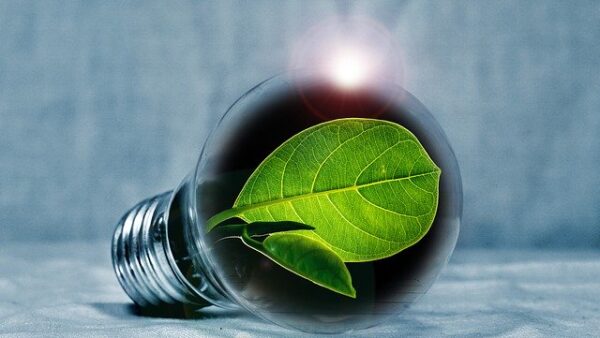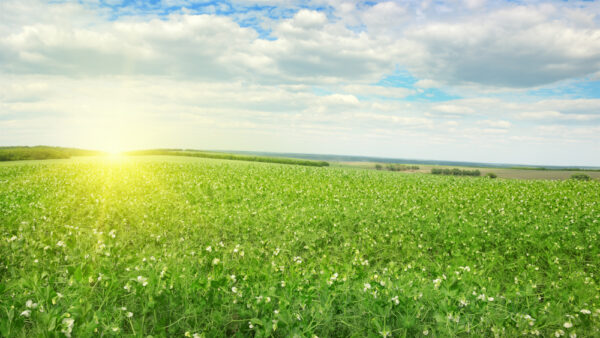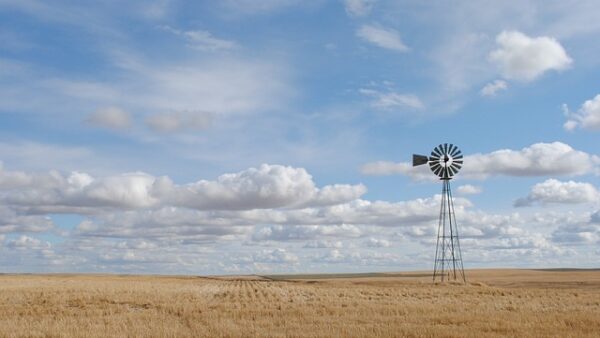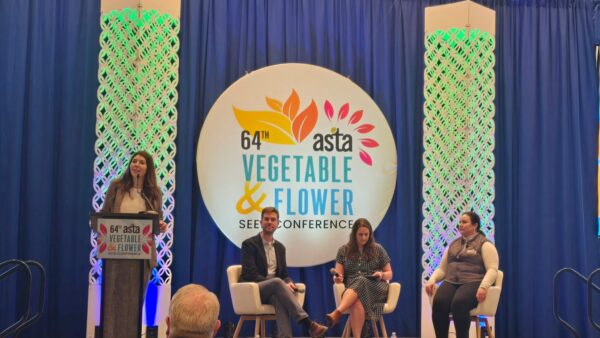A Purdue University study shows that targeting plants with red and blue LEDs provides energy-efficient lighting in contained environments — a finding that could advance the development of crop-growth modules for space exploration.
Research led by Cary Mitchell, professor of horticulture, and then-master’s student Lucie Poulet found that leaf lettuce thrived under a 95-to-5 ratio of red and blue light-emitting diodes, or LEDs, placed close to the plant canopy. The targeted LED lighting used about 90 percent less electrical power per growing area than traditional lighting and an additional 50 percent less energy than full-coverage LED lighting.
The study suggests that this model could be a valuable component of controlled-environment agriculture and vertical farming systems in space and on Earth, Mitchell said.
“If we can design a more energy-efficient system, we can grow vegetables for consumption for longer space travel,” she said. “I can imagine a greenhouse on the moon.”
To design a more efficient system, Poulet and Mitchell turned to high-intensity LEDs, which require about one watt each and are much smaller and longer lasting than traditional lights. Because they emit no radiant heat, LEDs are also cool enough to be positioned close to the plant canopy and at strategic positions to maximize the amount of light that reaches the leaves.
Mitchell said targeted LEDs could also help make controlled-environment agriculture on Earth more economically viable by reducing lighting costs. The next step in research, he said, is to fine-tune when to increase and decrease lighting according to plant growth stage to optimize growing conditions and save energy.









